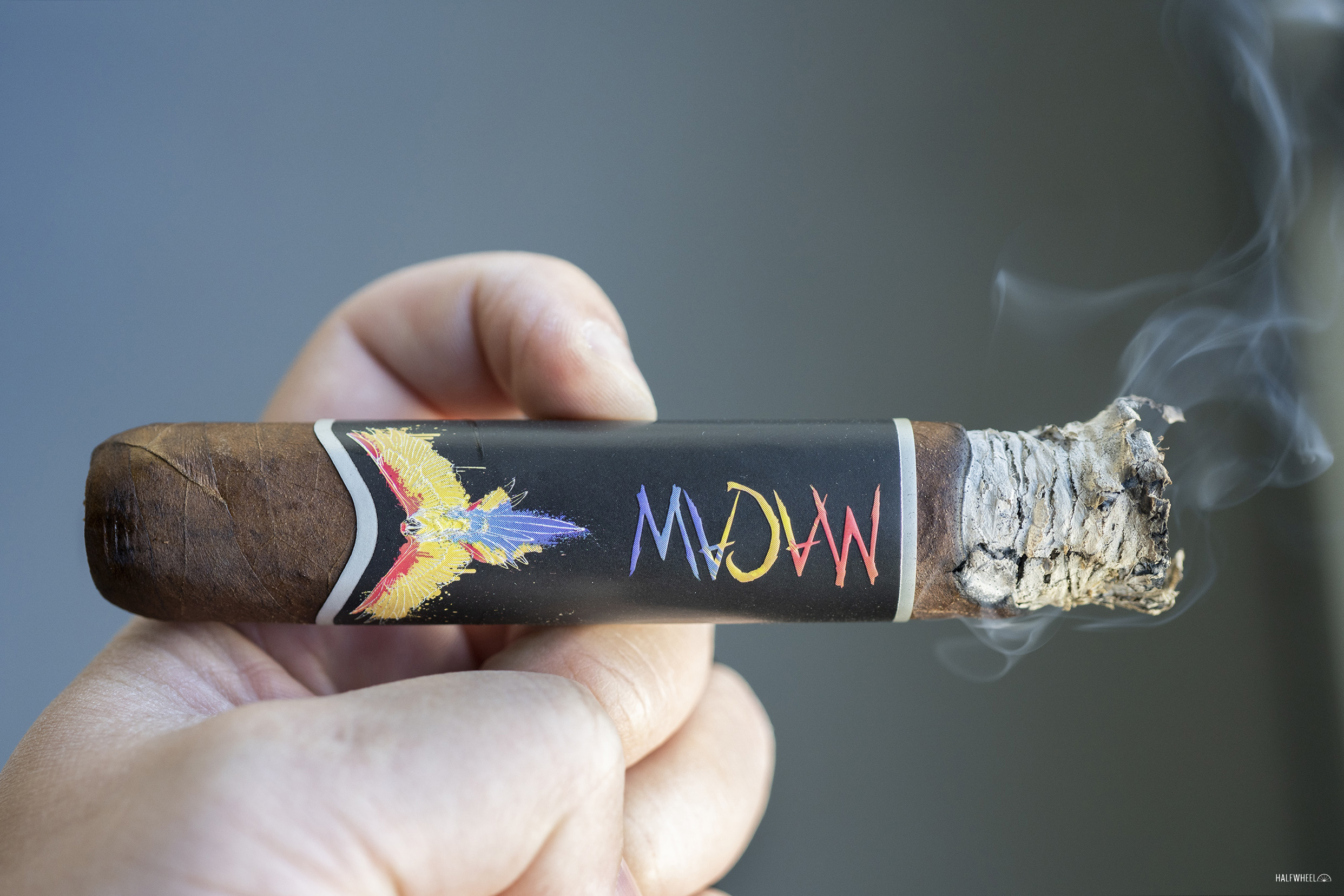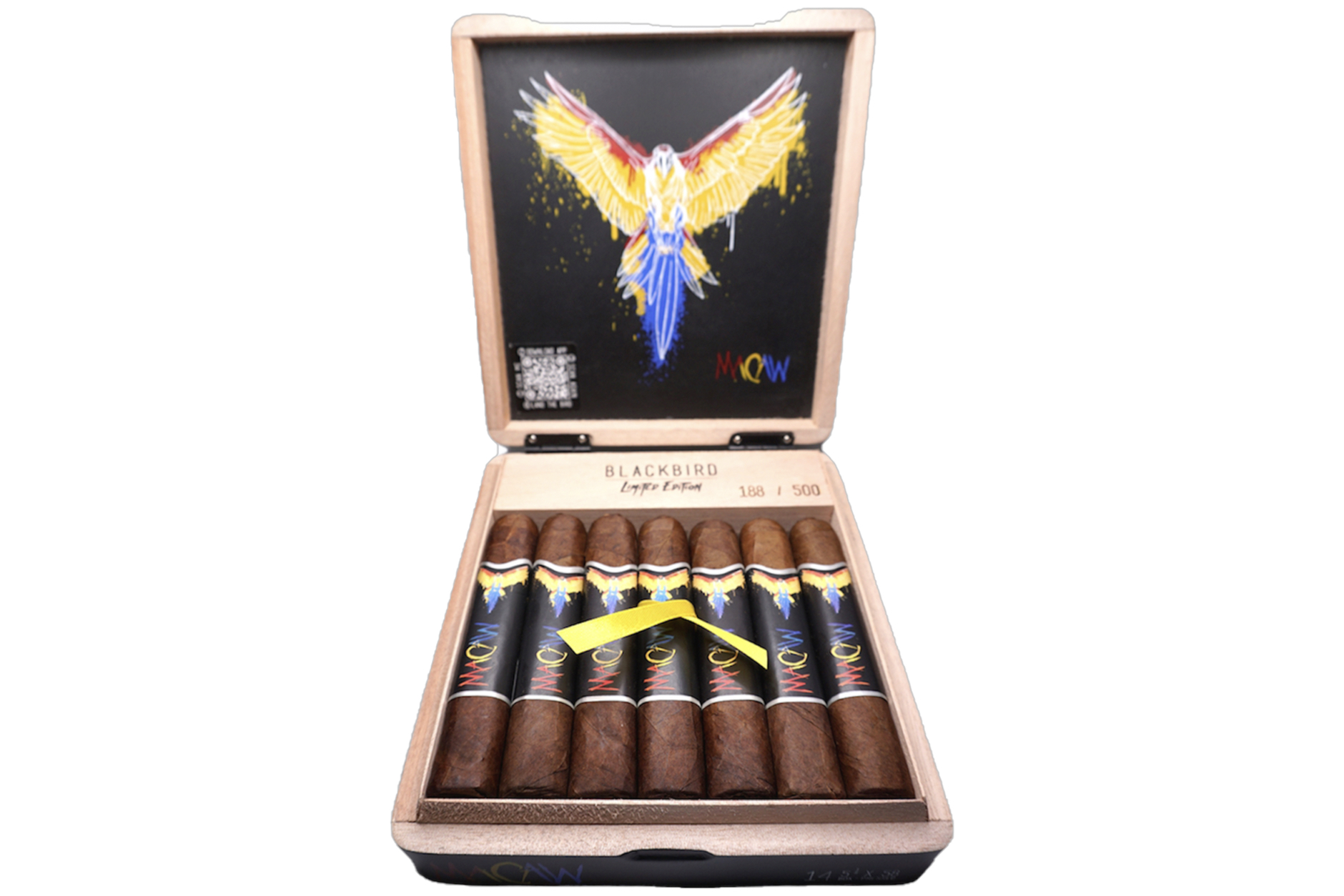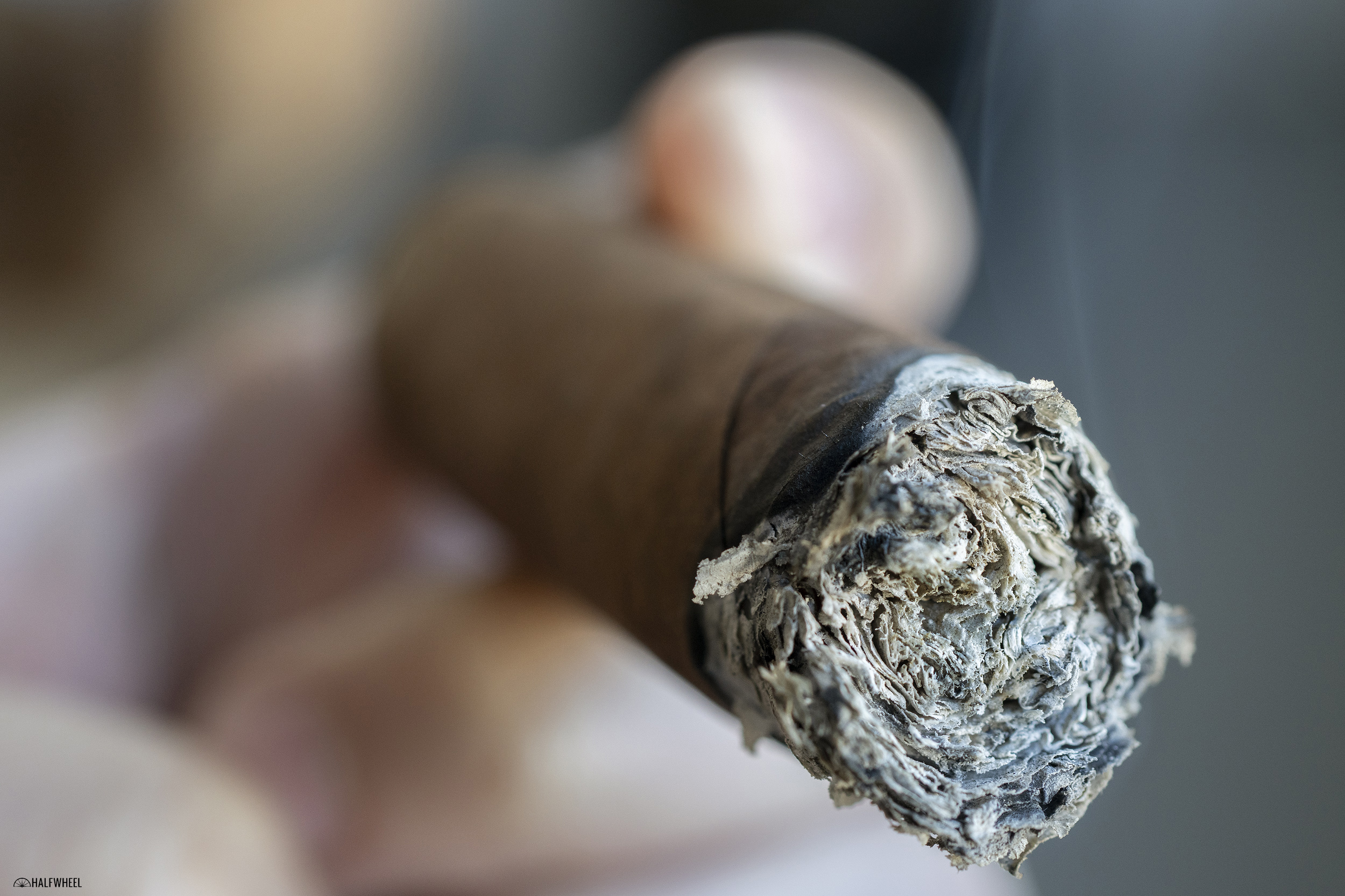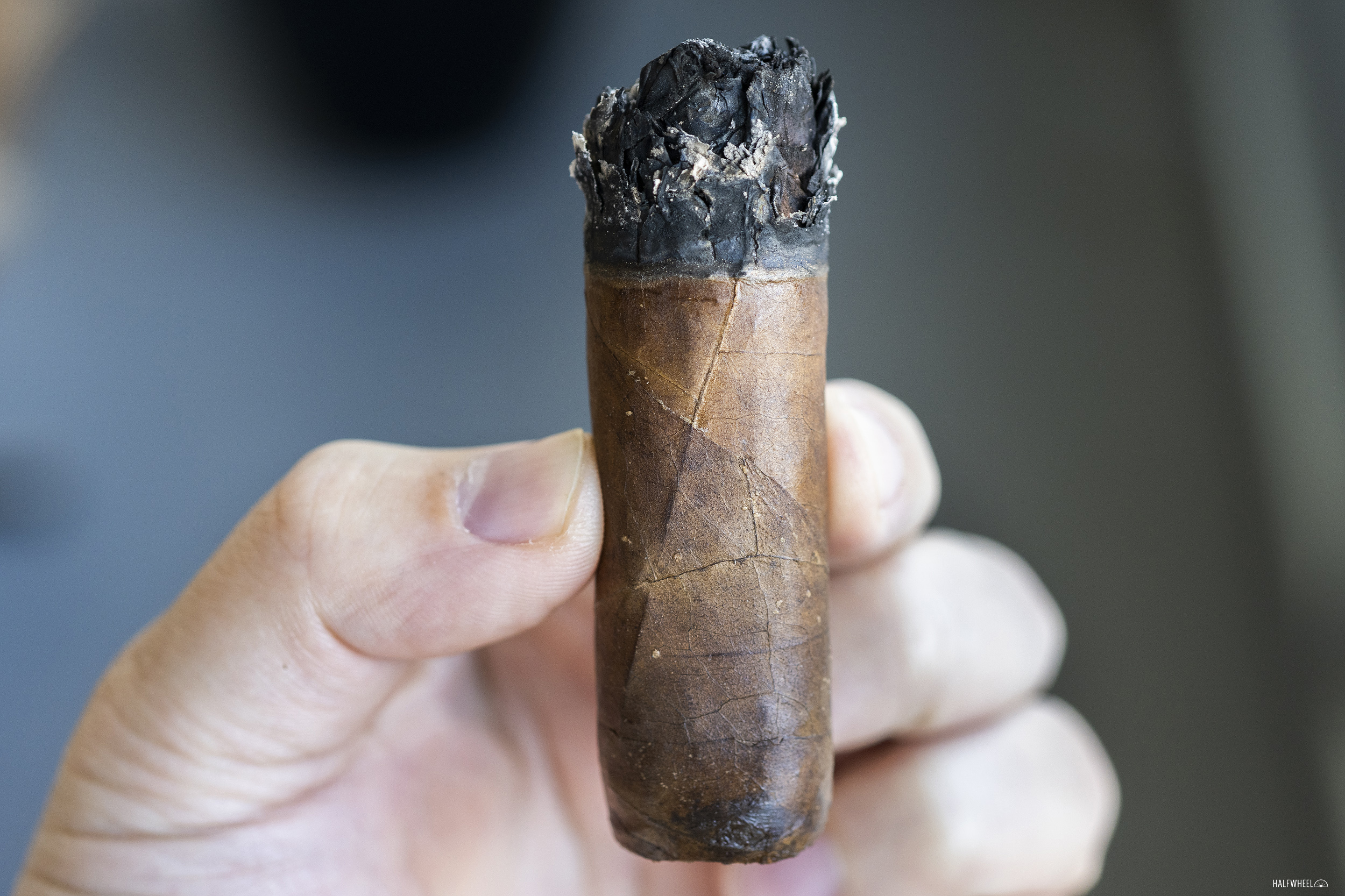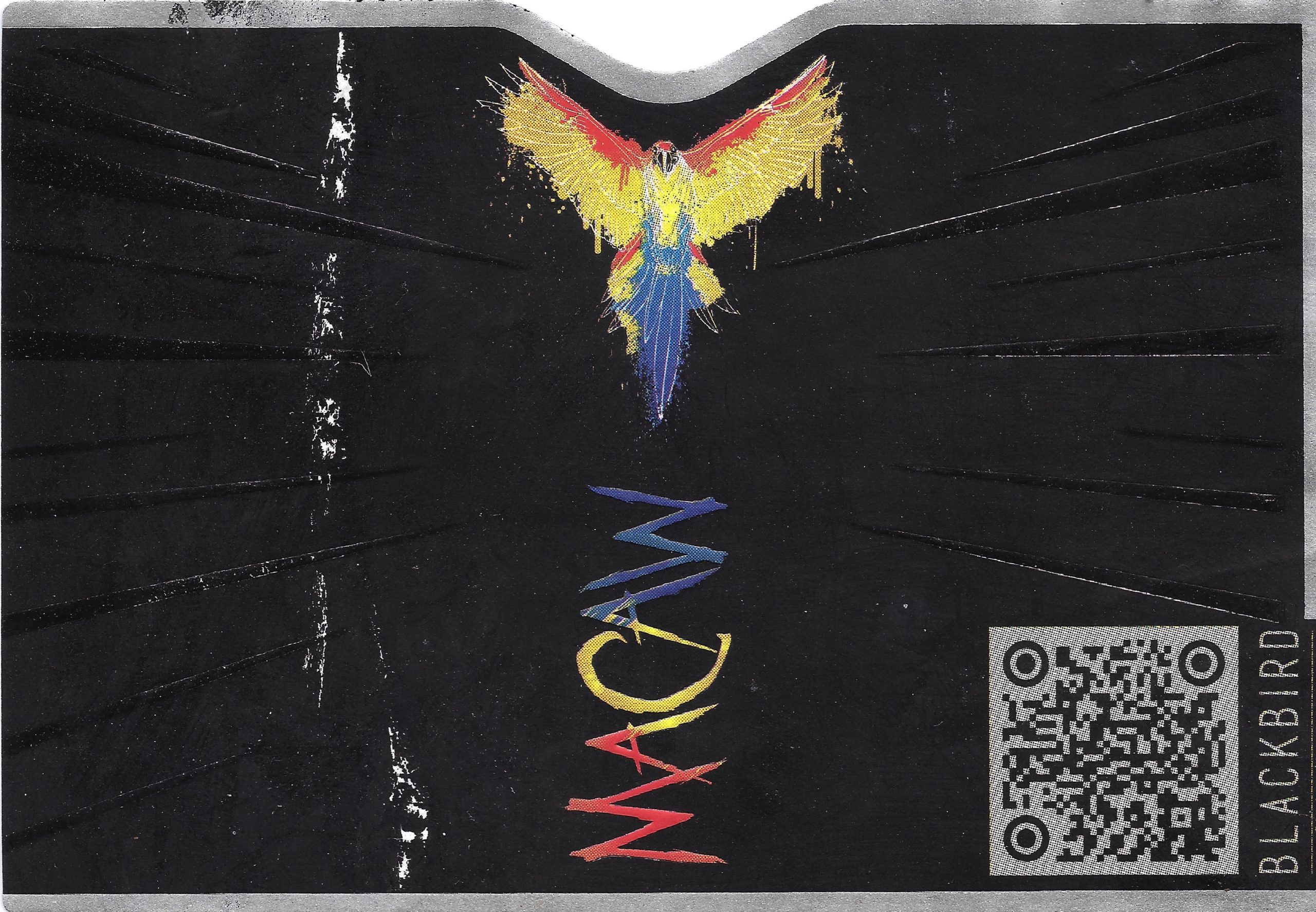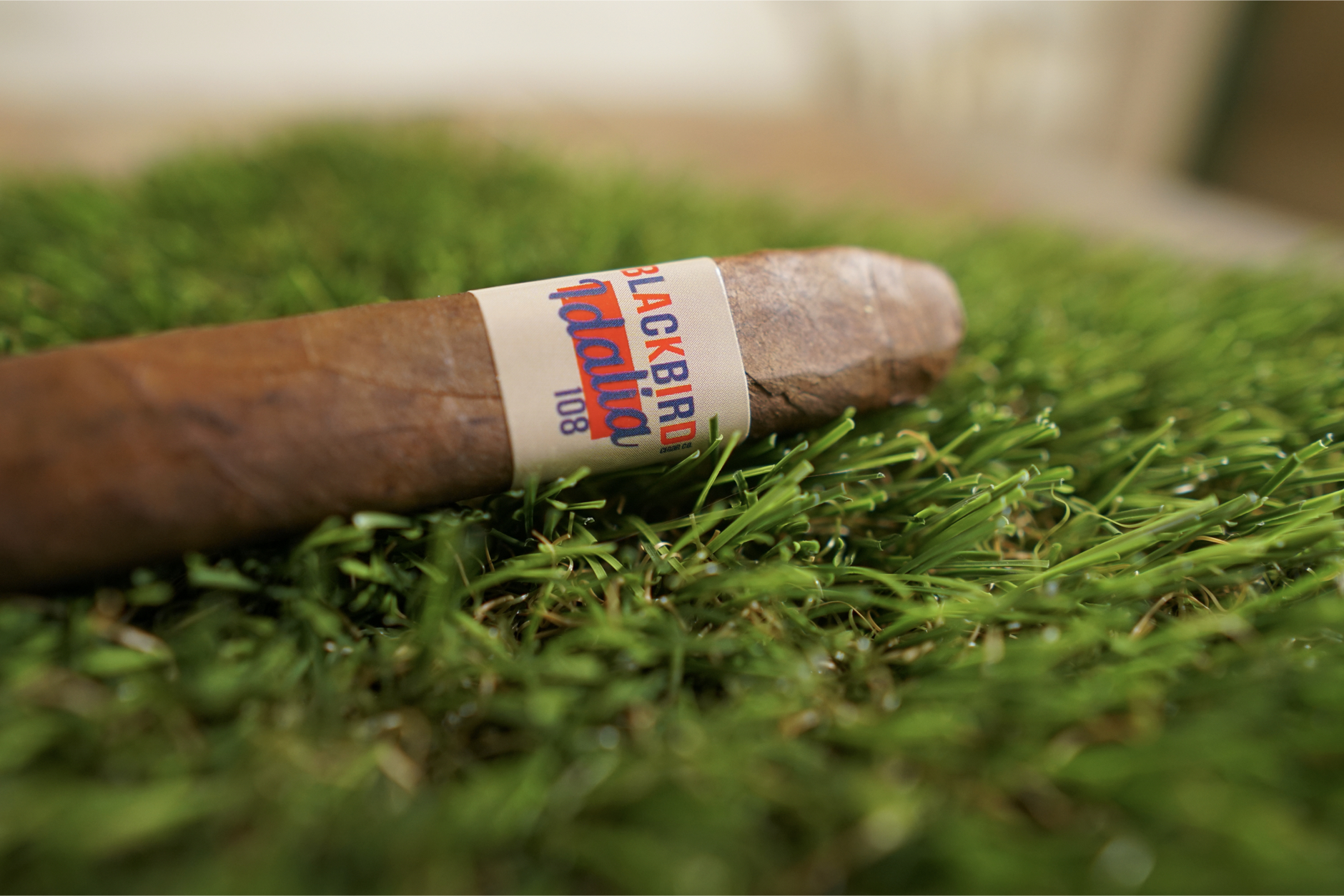In May 2021, alongside news that Elvis Batista had joined Blackbird Cigar Co. as the company’s new national sales director, the company also announced a limited edition that was planned for later in the year. The announcement came right as the 2021 Tobacco Plus Expo (TPE) was about to begin and the company said it would take pre-orders for the cigar, except that what retailers were placing orders for wasn’t entirely clear.
At the time, the company said the cigar’s name would be revealed later, so it was just referring to it as Unknown Limited Edition. The blend would eventually get revealed and presumably there would be other explanations about the cigar. What was known is that the cigar would be a 5 x 58 box-pressed vitola, it would have an MSRP of $16 per cigar, and it would be limited to 500 boxes of 14 cigars.
“For the moment we can disclose that this cigar was made to set a precedent of a before and after for Blackbird Cigars and to be a brand release to be remembered,” said the company in a press release at the time.
When the cigars began shipping in August, much more was revealed.
Image via Blackbird Cigar Co.
Keeping with the bird part of its branding, the cigar was the Blackbird Macaw. More interestingly, the blend is a mixture of various components used on other blends in Blackbird’s portfolio, only the Macaw is getting the best versions of those tobaccos, according to the company. The wrapper is a Cuban-seed Brazilian wrapper—similar to the company’s Cuco and Unkind cigars; the binder is an Indonesian Sumatra tobacco—the same one the company uses in its Rook blend; and there are five different fillers. One leaf is from Pennsylvania, while the other four are from the Dominican Republic: corojo, criollo 98 from La Canela, criollo 98 from Mao, and piloto cubano from Villa Gonzalez.
- Cigar Reviewed: Blackbird Macaw
- Country of Origin: Dominican Republic
- Factory: Blackbird Dominicana
- Wrapper: Brazil (Cuban-Seed)
- Binder: Indonesia (Sumatra)
- Filler: Dominican Republic (Corojo, Criollo 98, Piloto Cubano) & U.S.A. Pennsylvania
- Length: 5 1/8 Inches
- Ring Gauge: 58
- Vitola: Robusto Gordo
- MSRP: $16 (Box of 14, $224)
- Release Date: Aug. 24, 2021
- Number of Cigars Released: 500 Boxes of 14 Cigars (7,000 Total Cigars)
- Number of Cigars Smoked For Review:
The cigar is covered by a massive band, which while intricate and technologically advanced for a cigar band, covers up a nice-looking wrapper. It’s not the cleanest wrapper I’ve seen in the last month, but it has a great dark color complemented by some visually pleasing red hues that distract me from what’s otherwise a pretty veiny surface. There’s also a covered foot and a pretty aggressive box-press. Aroma-wise, the wrapper smells like some Russian dressing, a sweet barbecue sauce, wood polish and a bag of chocolate chips. It’s medium-plus but subtle enough that I’d like to make sure it’s clear: the smells I get are reminiscent of the aroma of those four things, not the taste. The foot is much more intense and sweeter. It has a pineapple sweetness, barbecue sauce, lemonade and a touch of white pepper. Cold draws of the Macaw have a good amount of resistance and interesting flavor, with woodiness, cedar, apple and pineapple.
After my experience with the first cigar—there are a dozen bullet points explaining my experience with that cigar below—I take extra care lighting the cigars, and in particular, the covered foot. No matter what I do, the first puff of each cigar doesn’t deliver a lot of smoke. There’s a semi-sweet cedar flavor, but it takes a handful of puffs and another round of lighting to get the cigar fully lit. In this case, I think the covered foot is probably doing more harm than good, but eventually, two cigars are lit and staying lit. Flavor-wise, those two Blackbird Macaws deliver cedar, pita bread, something that reminds me of the bite of tonic water and touches of white pepper. The finish has roasted cedar flavors over apple, pita bread and some mild pepper. Retrohales have an even more intense cedar over some white pepper and pita bread. While the retrohale is similar to the rest of the cigar while the smoke is in my nose, once it leaves my nostrils the flavor changes a lot. I get some potato starch flavors, cedar, wet leaves and mild amounts of both black pepper and citrus. Flavor, strength and body are all medium-full. On two cigars, construction is good after the initial lighting process. On the other cigar I smoke for this review, touch-ups are a pretty consistent thing and the issue seems to be getting worse. The flavor is also quite different, though relatively enjoyable, which I’ve documented more below.
I’m going to continue to focus on the two cigars that are staying lit as those cigars are pretty consistent both flavor- and construction-wise. The Blackbird Macaw continues to have plenty of cedar, now sitting on top of creaminess, generic woodiness, coffee and hints of kiwi. The finish has a mixture of pita bread and straw over creaminess and a harsher citrus. Retrohales vary between being led by creaminess or straw, but they also have black pepper and some generic fruitiness. Once again, when the smoke leaves my nostrils there’s a completely different profile: a relatively balanced mixture of black pepper, cedar and leather. Flavor is medium-full, body is full and strength is medium-full, though it varies between medium-plus and full depending on the puff. Construction-wise, the first cigar is a mess, the second cigar is flawless and the third cigar needs a touch-up due to declining smoke production.
I only make it to the final third, at least fully in the final third, with two of the three cigars. Both are much grittier and toastier, though there’s still enough room for my palate to pick up potato chips, espresso and some citrus. One cigar is noticeably drier than the other one, the latter of which also adds an herbal flavor that reminds me a bit of cannabis. The cigars have differing finishes, one is creamier than the other, which is more herbal. There’s also straw, black pepper, a semi-sweetness, burnt coffee and some nuttiness depending on the puff and the cigar. Retrohales are similar: creaminess over leather, mustard greens, and—at times—some of that kiwi. The finish is smoother and has a weird mixture of flavors that together create an earthy profile, though in more detail there’s popcorn, meatiness, creaminess and kiwi. Flavor is medium-full, body is full and strength is closer to medium-plus than medium-full. Construction is great on one cigar, one cigar needs a couple of touch-ups and the third cigar is deconstructed.
Final Notes
- While the construction on the second and third cigars I smoked for this review wasn’t flawless, it was decent enough. That is not how I would describe the first Macaw I smoked. It needed touch-ups from the start and an inch or so in those touch-ups started happening about every 10 minutes. By the halfway point, that frequency was less than five minutes per relight. As I was finishing the second third, it was less than a minute before I needed to touch the cigar up and that frequency quickly dropped to less than 30 seconds. It was bad enough that I was actually timing it using the stopwatch function on my iPhone.
- Here’s what the cigar looked like halfway through when there was some bizarre ash development. This is no doubt related to the constant touch-ups, but at one point one-third of the ash was basically black while the other was more normal. The black ash was also super hard to the point where I ended up removing it with my fingers.
- After peeling off the ash a few times to relight, I peeled it off again and saw that part of the cigar that I had just used my lighter on—or at least close enough—was not lit. You can see it on the right side of the ash where a flake of partially burnt wrapper was knocked off only to reveal the brown parts of the filler. At this point, I was done trying to make this cigar burn.
- I decided to start taking the cigar apart. I recorded a (longer) video of this process, but it’s not as descriptive as the one above. I separated the parts of the cigar as best I could, knowing that it would be impossible for me to tell which fillers were which. I created a few sections of filler, a section of the binder and then the undone wrapper. As is shown in the above video, the binder—or at least some of it—was more fire-retardant than smokeable tobacco. The binder would stay lit for about 15 seconds after I ignited it with a torch and then it just stopped producing smoke.
- And that seemed to be the culprit, a binder that just didn’t want to stay lit. It meant that parts of the filler weren’t igniting properly and the issue got progressively worse and worse.
- Somewhat bizarrely, the flavor wasn’t really that bad. It was tough to get enough smoke to tell exactly what was going on, but it was a pretty consistent semi-sweet, woody flavor with creaminess and minerality. It wasn’t until after the halfway mark that the toasty flavors started taking over and even later on in the cigar before I started to pick up burnt notes. I’m not sure if it was because the flavor was so subtle, but I also had difficulties picking up many differences between the initial flavor from inch to inch.
- I don’t really mention the smoking aroma of cigars, but I left the room to wash my hands after knocking off the ash of the troubled first cigar and came back to halfwheel’s lounge and it smelled like burnt popcorn.
- This is the second time this year I’ve smoked a cigar that had issues like this, the other being a PDR 1878 Recordando a Santiago Capa Sun Grown Robusto. Unlike that PDR review, the Blackbird Macaw only had one bad sample.
- As was mentioned in the follow-up to the PDR review, we stopped taking free samples so that reviews like this could be published without a manufacturer claiming, like PDR did, that the cigars we reviewed weren’t the same as the ones that went to stores. These cigars were purchased from a retailer that we purchase probably about 20-25 percent of the cigars we’ve reviewed at halfwheel over the last couple of months and one that we’ve been using for years without issue. For those wondering, we purchased the cigars on Sept. 2 and they arrived at the office about a week later, meaning they spent nearly a month in the humidor before I started smoking them for this review.
- My point for disclosing all of this is to say that if this was somehow related to issues with shipping or how we store cigars, many other reviews—not to mention the other two cigars I smoked for this review—should have these issues, they have not.
- The troubled sample received zero points for the final third. I didn’t measure the nub, so I’m not sure if I mathematically even made it into the final third length-wise. If I did, it was barely and only for a handful of puffs. But even if I technically started the final third, it was only because of a couple of dozen touch-ups, something I wouldn’t do to a cigar if I wasn’t smoking this for a review. While the flavor was fine, the construction was bad enough I probably would have thrown the cigar away before the halfway mark if this wasn’t a review.
- While the score was impacted significantly by that one cigar, our scoresheet limits the impact that construction issues can have, particularly if the issues are related to one thing happening repetitively and not the other parts of construction. If, for example, I was to deduct even a quarter of a point per touch-up from just that one cigar’s score, things would have been much lower given that I probably touched-up the cigar more than 30 times before taking it apart. At the rate I was going, that number likely would have been more than 50 touch-ups to get to an inch left of cigar.
- I didn’t take off points for the extra round of lighting at the start of each cigar. That happens to some cigars, particularly to cigars with covered or brushed feet, and it seems like something that isn’t worth deducting points for given it could be related to user error. My approach is to judge the cigar once it is fully lit.
- Finally, reviews like this offer some great reminders. First, it is challenging to make a good cigar. A factory can do everything right except one thing and the whole cigar ends up being a mess because of one component. Additionally, this is also a good case for why we like to review three cigars. I have no ability to say whether most of the Blackbird Macaws that went to stores are good or bad, but what I do know is that they were neither all good, nor all bad.
- Blackbird Cigar Co.’s branding is some of the better artwork I’ve seen from a new company. More impressively, it’s remarkably fluid from line to line. I really like the logo Blackbird created for this release. The band has a lot of details that you wouldn’t otherwise see including some texture on the wings of the bird. The back also features a QR code that send you to download the ARitize app.
- After scanning whatever environment you are in, it then places a virtual macaw bird inside of the environment and you can tap on it to make it turn around or start flapping its wings. There’s also music that may or may not survive me uploading it to YouTube.
- Cigars for this review were purchased by halfwheel.
- Final smoking time took about two and a half hours for the two cigars that I smoked to completion. I’m not really sure how long the bad sample took as I didn’t make a note after taking apart the cigar.
While most of the last 1,000 words or so have largely focused on what went wrong with one Blackbird Macaw, I’d like to focus on the other two cigars. Those cigars were good, not great. The profile was a fuller experience than I’ve had on most cigars of late and delivered some interesting flavors that I think largely worked. It’s not the best Blackbird I’ve smoked—which runs counter to the design of the cigar—but your larger issue might be the price. Even at its best, I don’t think this cigar is good enough to justify the $16 price point, particularly compared to the many of the other cigars Blackbird makes and sells. Then of course there’s the first cigar I smoked. It certainly destroyed the rating you see next to these words and it, unfortunately, will probably be my lasting impression of the cigar for all the wrong reasons.

